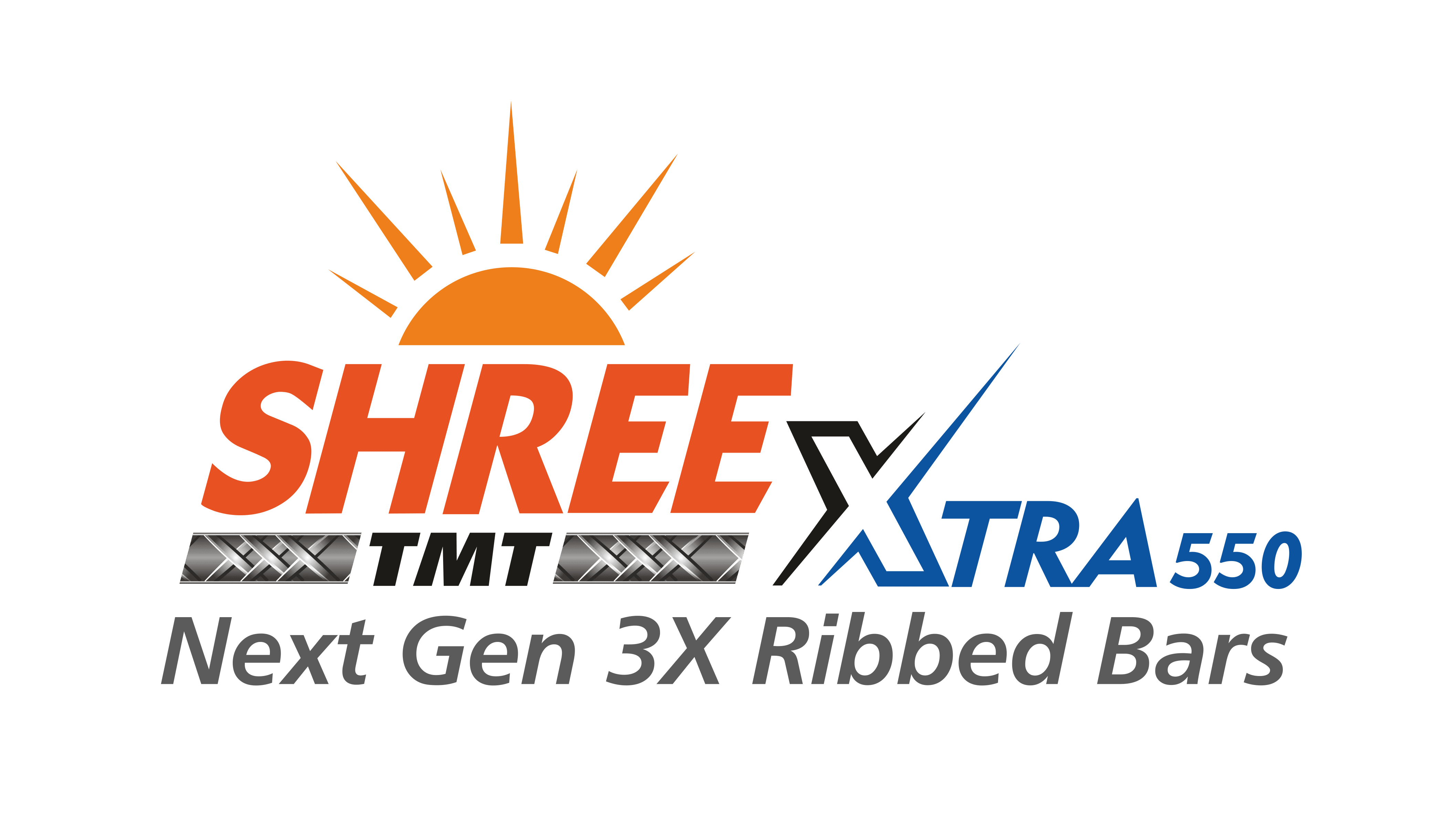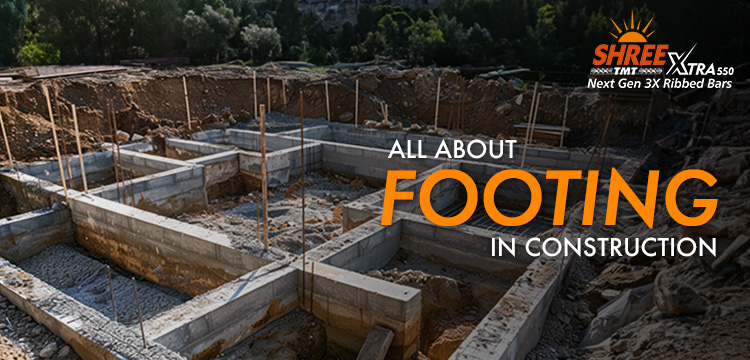All About Footing In Construction: Types + Uses [Complete Guide 2024]
Construction footings are part of the foundation that distributes building loads into the soil, thus attaining stability and ensuring durability. Recognizing the different types and their applications is key for any construction professional.
Following are the essential types of footings and their critical roles in modern construction.
What Is a Construction Footing?
The footing is the lowest part of a foundation element. It is in direct contact with the ground, crucial in distributing the overall weight of the building above it across the soil, minimizing settlement and preserving structural integrity over time.
Common Types of Construction Footings
- Isolated or Pad Footings
- Isolated, or pad footings, are square or rectangular concrete blocks supporting individual columns, commonly used in commercial and industrial settings. They are cost-effective, easy to construct, and allow for efficient material usage in structures with well-spaced columns.
- Strip Footings
- Strip footings are continuous concrete foundations that support load-bearing walls, typically seen in residential and smaller commercial buildings. These footings distribute loads linearly along walls, making them versatile across various soil conditions and reducing differential settlement.
- Raft or Mat Foundations
- Raft foundations consist of a thick concrete slab covering the entire area beneath a structure, ideal for weak soils or structures with heavy loads. Often chosen for buildings with basements, these foundations provide superior waterproofing and resist differential settlement, especially in areas with poor soil conditions.
- Pile Footings
- Pile footings reach deep into stable soil layers or bedrock, offering stability for tall buildings and structures on unstable surface soil. They are crucial for high-rise and industrial projects, effectively managing heavy structural loads on challenging sites.
Factors Affecting Footing Selection
Footing selection depends heavily on soil conditions, including bearing capacity, soil type, and groundwater levels. Structural needs, such as building size, load distribution, and settlement tolerance, also play a major role. Environmental factors, including climate, seismic activity, and frost depth in colder areas, are equally essential considerations.
Best Practices for Footing Construction
Successful footing construction starts with a thorough site investigation, including soil testing and groundwater assessment. Design should incorporate accurate load calculations, proper dimensions, and reinforcement. During construction, adhering to concrete specifications, curing procedures, and levelling is crucial for ensuring long-term performance.
Modern Trends in Footing Design
Contemporary footing design increasingly integrates sustainable materials and advanced computer modeling. Prefabricated components are on the rise, reducing construction time and enhancing quality control. Focused advancements in seismic resilience and waterproofing continue to shape modern footing practices.
Choosing the right footing type is fundamental to successful construction. By using high-quality materials like Shree TMT bars, footings can provide long-lasting stability, ensuring safety for decades. Whether it’s isolated, combined, strip, raft, or pile footing, each type benefits from the added strength that TMT bars provide. With careful attention to soil, structural requirements, and best practices, construction professionals can ensure a reliable foundation. Keeping updated with modern techniques and adhering to building codes will extend the lifespan and effectiveness of any footing system, providing a strong start for every project.

